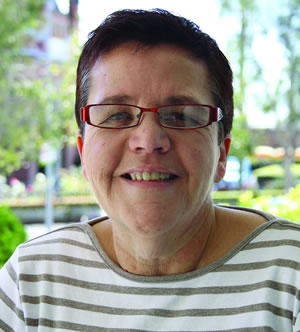
Be 'breast aware'
Wednesday 31 October 2012
Be 'breast aware'
Cancer Council Queensland is encouraging the state’s women to prioritise regular breast screenings, to increase the rate of women accessing free screening through BreastScreen Queensland.
The call follows the release of new figures that show only 55 per cent of Australian women in the target age range for screening are attending free mammograms every two years.
Cancer Council Queensland Head of Programs and Research, Dr Pip Youl, says while some women are screened privately, many others may be missing out or failing to follow up on reminder notices.
“All Queensland women need to be ‘breast aware’, and discuss their risk factors and screening options with their GP,” Dr Youl said.
“Equally importantly, women should see a doctor immediately if they notice unusual breast changes.
“If breast cancer is found and treated early, there is an increased chance of survival.
“It’s vital that all women in the target screening group, those aged 50-69, get a free mammogram every two years.”
Dr Youl urged women to look out for changes in breast shape, feel, size or colour of the breast, unusual breast pain and persistent lumps or thickening.
“It’s important that women are familiar with how their breasts look and feel, attend regular screenings and consult their GP if anything changes.”
The Breast cancer in Australia: an overview report released last week by the Australian Institute of Health and Welfare shows 37 Australian women are diagnosed with breast cancer daily. Seven women a day die from the disease.
In Queensland, the number of women diagnosed with breast cancer more than tripled from 1982 (869 women diagnosed) to 2009 (2798 women diagnosed). The five-year survival rate after diagnosis has improved however, from 74.3 per cent between 1982-1989, to 88.7 per cent from 2005 to 2009.
The risk of developing breast cancer increases with age. In Queensland, around three-quarters of women diagnosed are over the age of 50. Women who have already had breast cancer have an increased risk of developing a second breast cancer.
More information about the rates of breast cancer in Queensland, risk factors, and Cancer Council Queensland recommendations for the early detection of breast cancer, are available at www.cancerqld.org.au.
